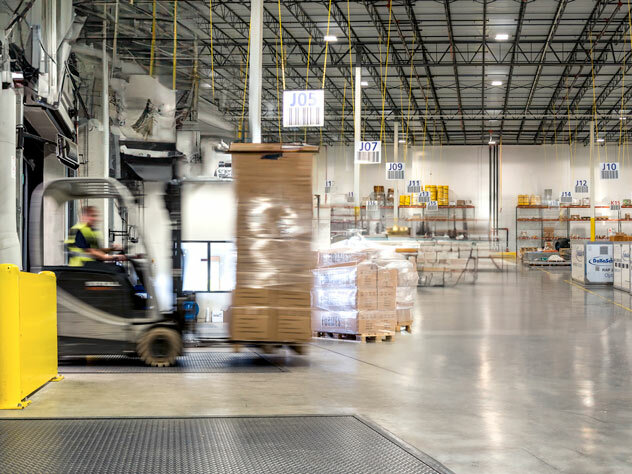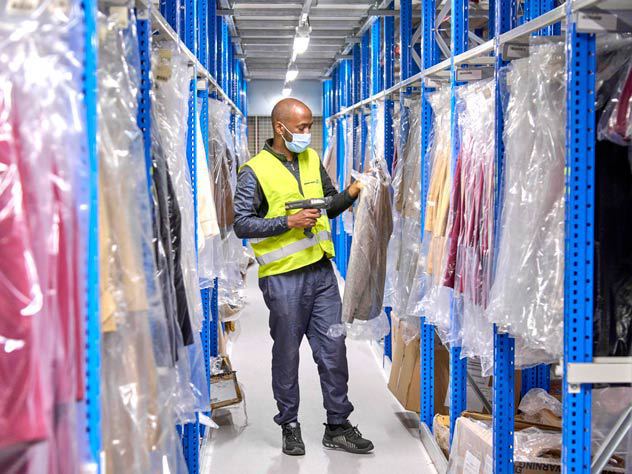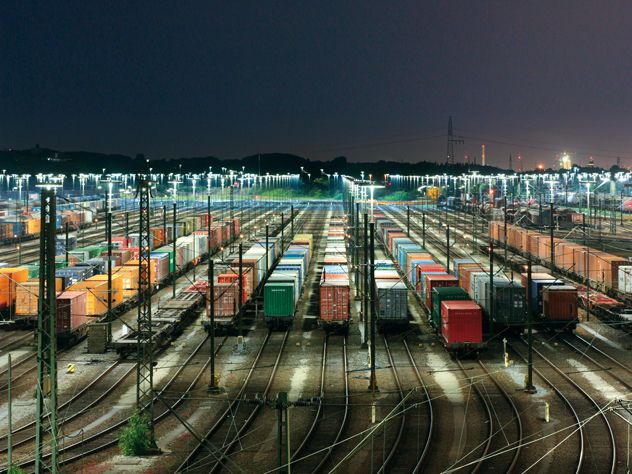Back Top 5 supply chain trends for 2021
Market Insights
Top 5 supply chain trends for 2021
As underlined in the Kuehne+Nagel Supply Chain Insight Series, we can observe our past to predict the future. This helps us develop risk strategies and even more responsive supply chains.
In 2020, the key to the best performing companies was a sufficient omni-channel strategy with a supply chain able to execute. Advancements in ecommerce and omni-channel will be a major theme in 2021, playing a direct or indirect role in each trend. Based on this theme and feedback from our customers, here are our top 5 predictions for what is to come in 2021:
1. Sustainability
Supply chain sustainability being a part of the corporate and social responsibility (CSR) strategy is not new. However, in 2021 sustainability will become a ‘must’ not a ‘want’.
Consumers today are increasingly conscious of the social and environmental impact of their behaviour. They are demanding companies they are associated with, i.e., buy products from or work for, have an equal amount of interest in being a catalyst for positive change. An example, ecommerce has increased the demand for packaged deliveries. Consumers debate how the packaging of such a convenience can be more environmentally friendly and less wasteful. This debate will influence supply chain decisions moving forward.
Technological advancements in environmental impact analysis also attribute to the adoption of more meaningful sustainability programmes. Previously, the data used to measure metrics such as carbon emissions, water usage, and waste generation was perceived as lacking the reliability to implement real change. The improvement in technology that measures impact as well as reports against it, has led to actionable insights, advanced visualisations and multi-metric dashboards.
Companies that understand and take genuine interest in corporate and social responsibility programmes (CSR), including the environment, can achieve efficiencies, reduce risks, and protect their brands. 2021 may be the year both companies and shippers start to rate and use mature metrics to measure their own and partner companies' CSR.

2. Accelerated digital transformation
It has been years, even decades, that companies have been digitising their supply chains. In 2021, the hunt to digitise at the finest level of granularity across all aspects of the supply chain will continue and accelerate. We expect more companies, who have struggled to digitise, be that due to legacy systems, change management or disparate applications, to prioritise digital transformation.
Advanced companies will focus on creative solutions. Amazon recently released ‘Dash – Smart Shelf’, an auto replenishment scale, allowing consumers to measure their inventory of certain household products in real-time, alerting and triggering a re-order.
Disruption generates innovation, which is almost always felt first at the consumer level before entering corporate awareness. Considering the disruptive nature of 2020, what new ways of digitisation will emerge in 2021? Might we see supply chains implement an advanced automatic replenishment model?
3. Responsive supply chain strategies
During the heights of uncertainty throughout the pandemic in 2020, entire economies, countries and supply chains were forced to lockdown, while ecommerce demand thrived. This happened at multiple times and at varying degrees and will continue into 2021. Faced with these lockdowns, companies often/either:
a) Decelerate the supply chain: Holding inventory in creative ways, slowing down production, relying on their 3PL partners warehousing capacity, etc.
b) Accelerate the supply chain: Getting products and inventory to stores and customers before the looming lockdown or once those same lockdowns were lifted.
Companies who were more successful in managing supply chain volatility had clear and defined physical levers and strategic enablers that were tried and tested. While some will look to plan better, others will use a responsive supply chain methodology to navigate, even capitalise on the unknown. The latter will prove to be especially popular with shippers in 2021.
4. Sourcing strategies revisited
The potential margin improvement of a global over domestic sourcing strategy has always driven international supply chains. The process for establishing the required infrastructure, however, can be costly, requires foresight and intense planning.
Diversification of sourcing locations was already underway before the pandemic, triggered by government tariffs, "trade wars" and the promise of stabilised emerging markets. These factors have tempted companies to re-evaluate their sourcing strategies in the hope of gaining a competitive edge.
After the first lockdowns were lifted, supply chains raced to meet growing and unmet demand, space became constrained, and ports congested. However, most impactful was the containerised equipment shortage. Lack of equipment to fulfill demand, particularly in Asia, deteriorated as we moved deeper into 2020. This situation has not improved and is likely to continue into Q2.
The review of sourcing strategies is not only driven by equipment shortages, but compounded by increasing freight rates. Container rates are now at unprecedented (high) levels. Due to the elevated nature of the equipment shortage and increased freight rates, companies will reflect and consider diversifying their international sourcing locations where possible in 2021.
5. Focus on strategic partnerships
Though 2020 was non-discriminately tough for shippers and 3PLs alike, a relational paradigm shift emerged, allowing for more strategic ‘win-win’ scenarios. Price took a back seat to service as the most compelling aspect of a 3PL offering, creating a symbiotic relationship between shippers and 3PLs to meet end customer demand. Shippers who deployed this partnership style with their 3PLs were able to navigate the 2020 volatility even under increased external pressure and decreased internal resources.
3PLs will use this opportunity to challenge themselves harder than ever. An optimistic view is that 2021 could be the trigger for a revolution in freight forwarding principles - making prices transparent based on service, value and risk management. Either way, going into the 2021-bid season, a heightened focus on service and partnership will continue to drive the more successful supply chains of 2021.
Summary
Going into 2021, companies are looking to harness the challenging times and lessons learned in 2020 to gain insights and improve their supply chains responsiveness. This is already being upset by challenges in the New Year like container equipment shortages. Challenges that require day to day firefighting divert focus from building and deploying the necessary solution: A responsive supply chain. Enabling a responsive supply chain strategy, equipped with physical levers and strategic enablers allows the supply chain to navigate the unknown.









